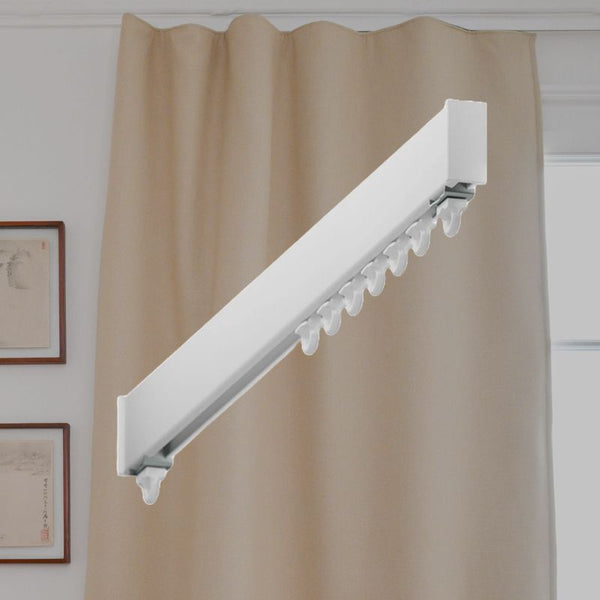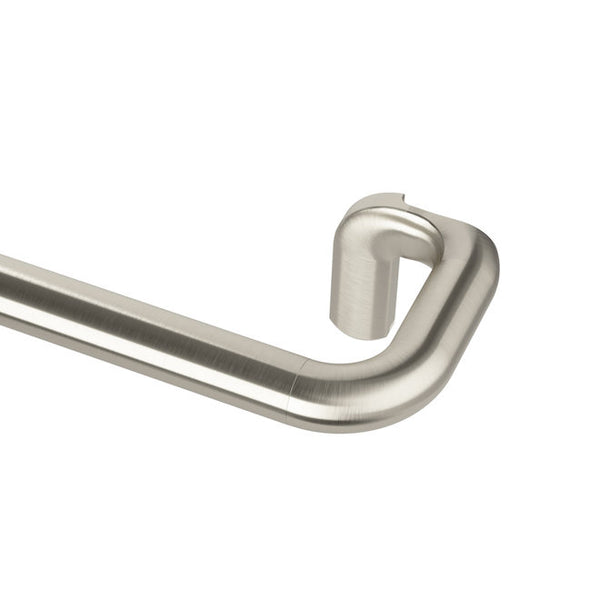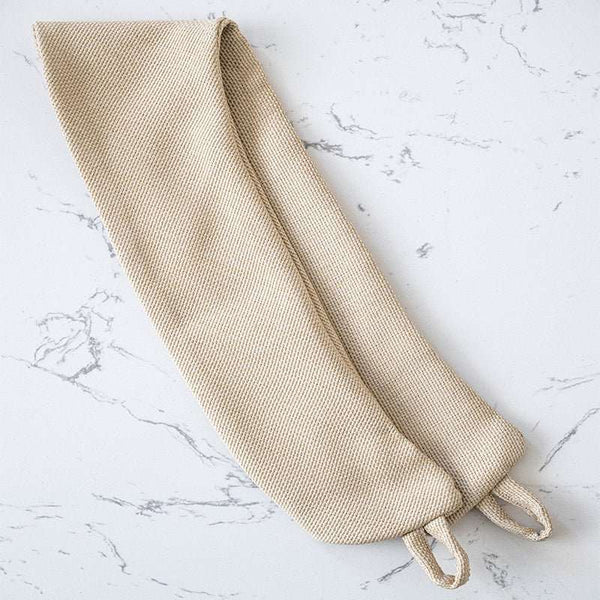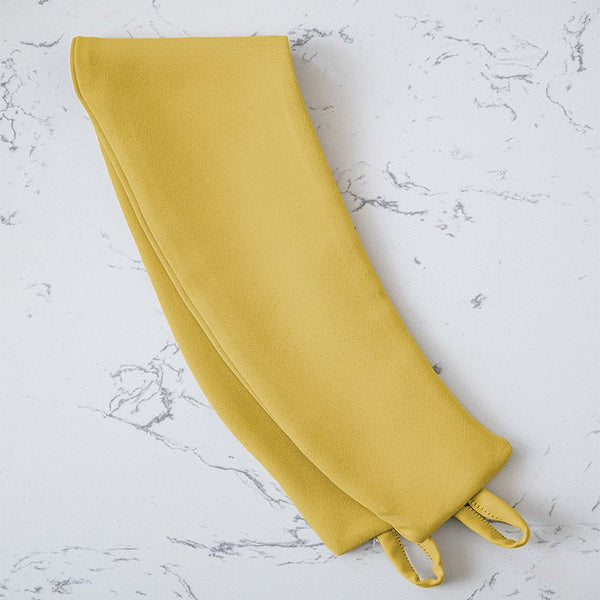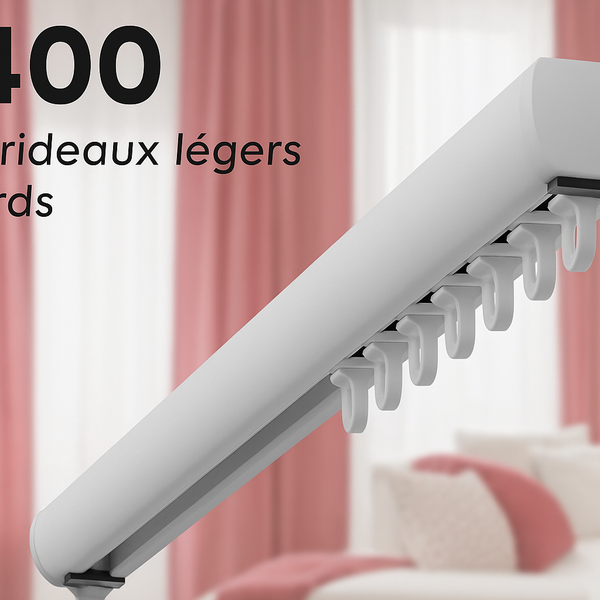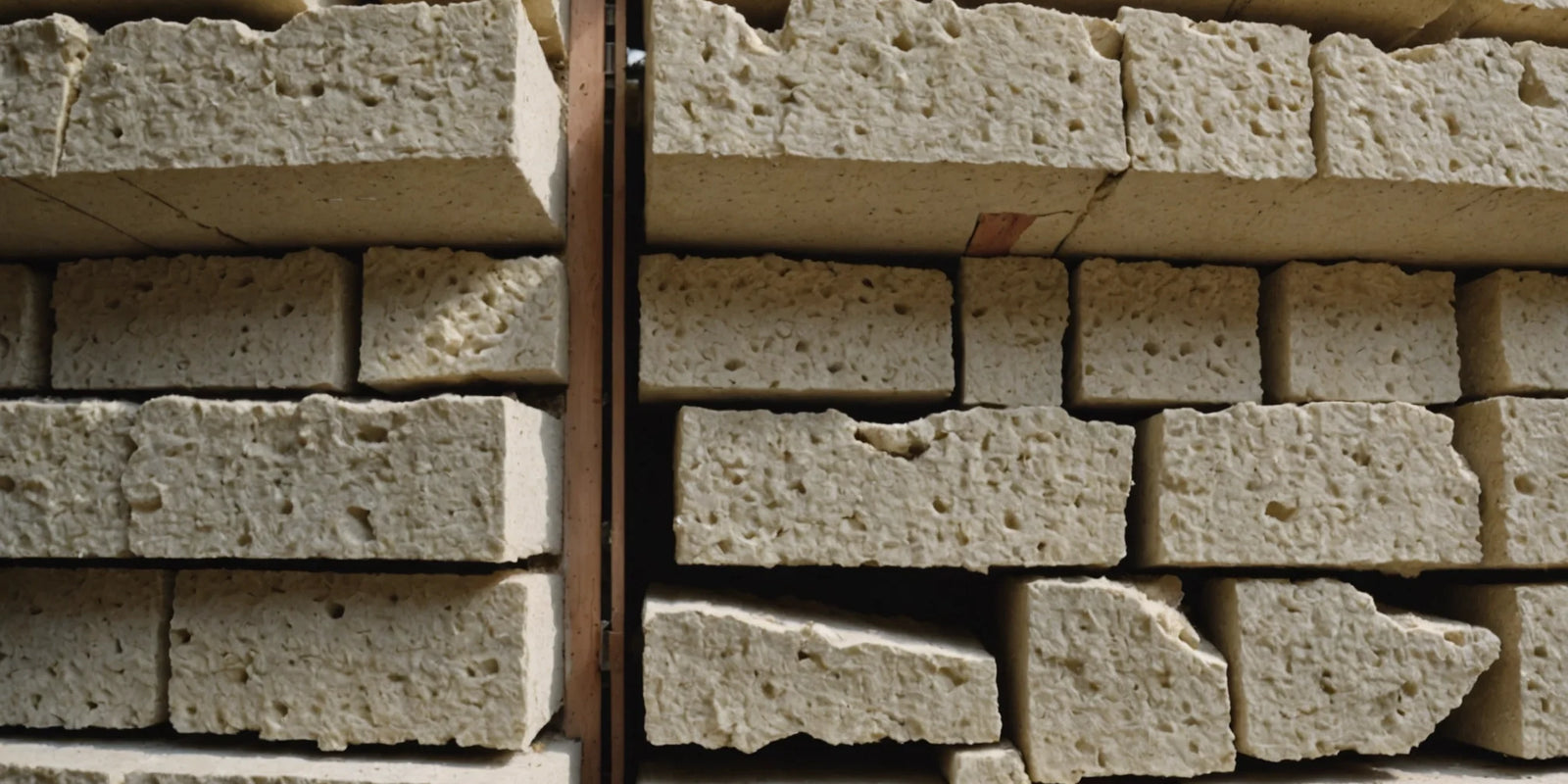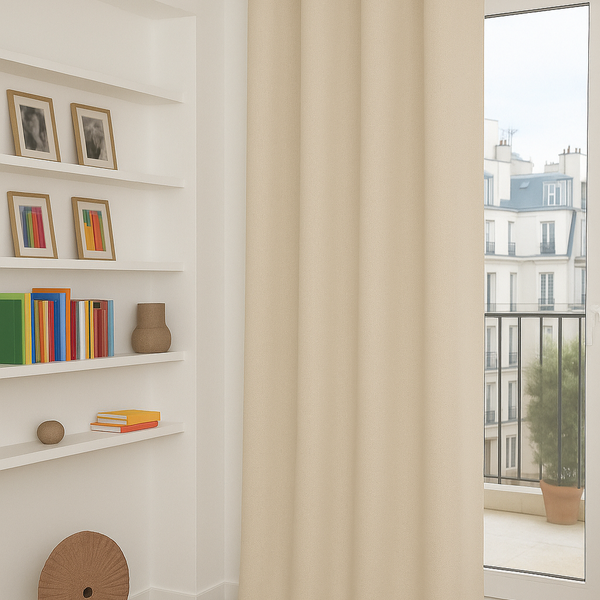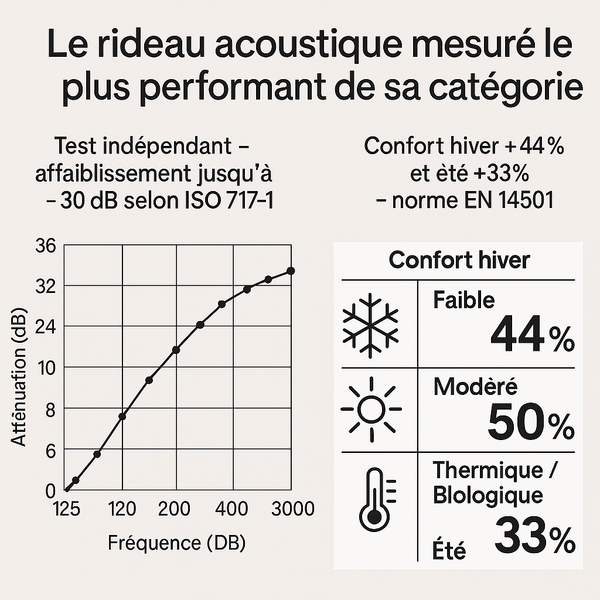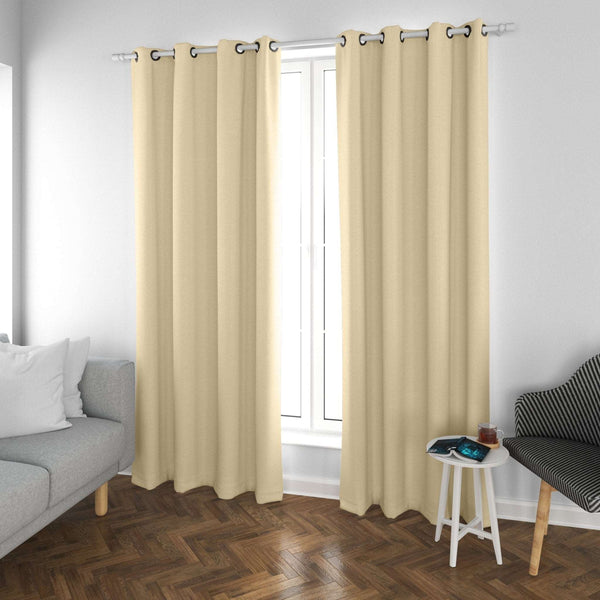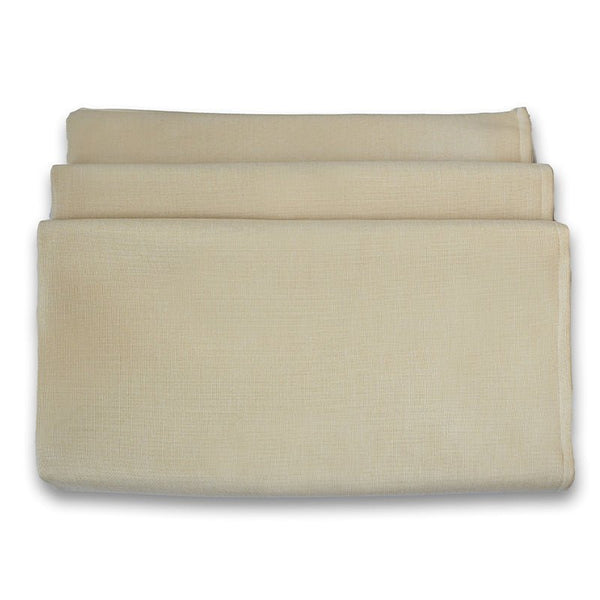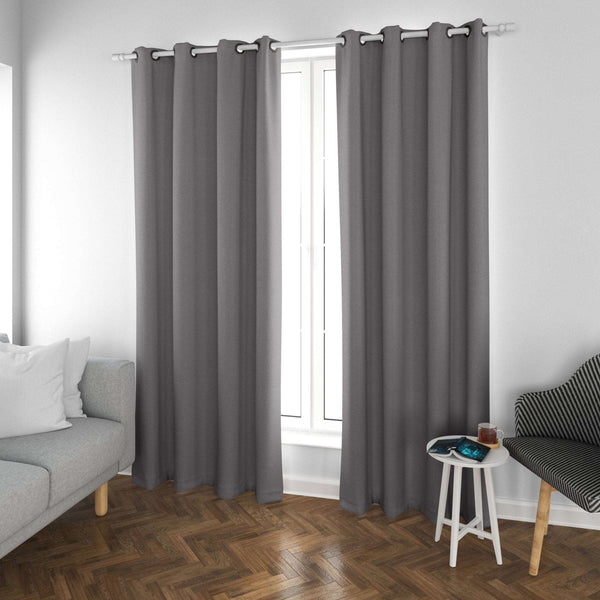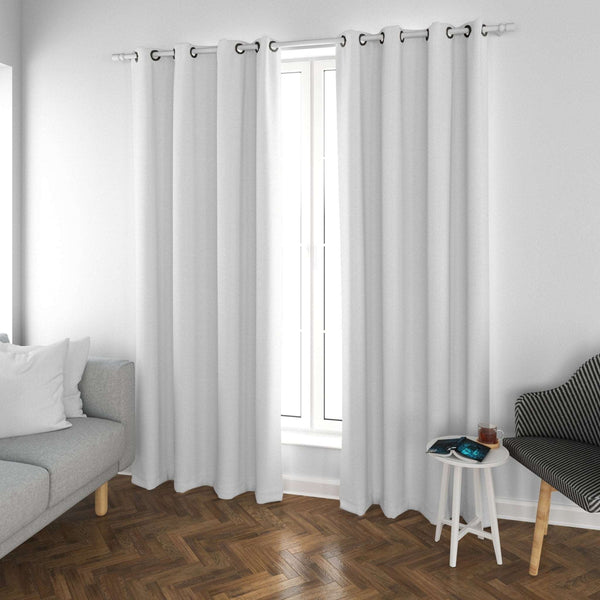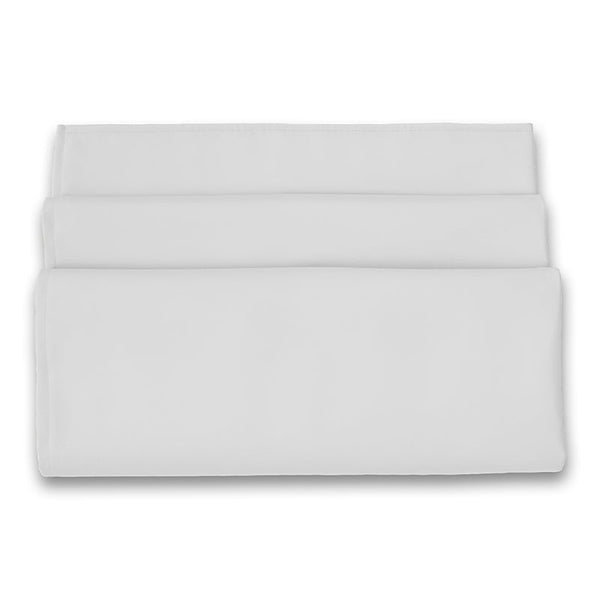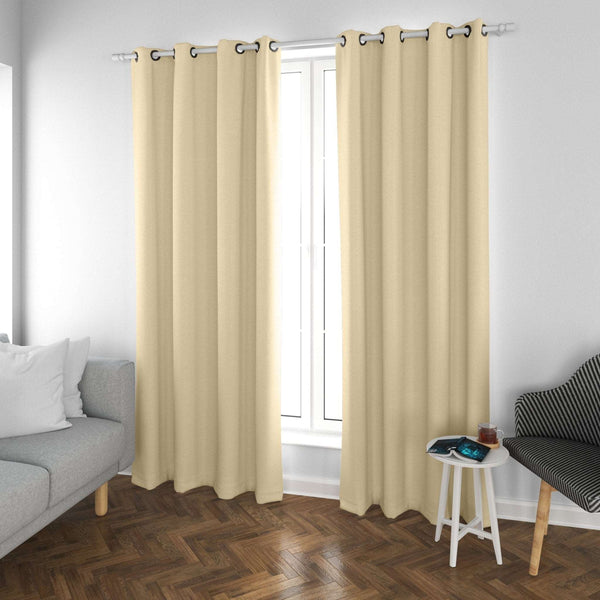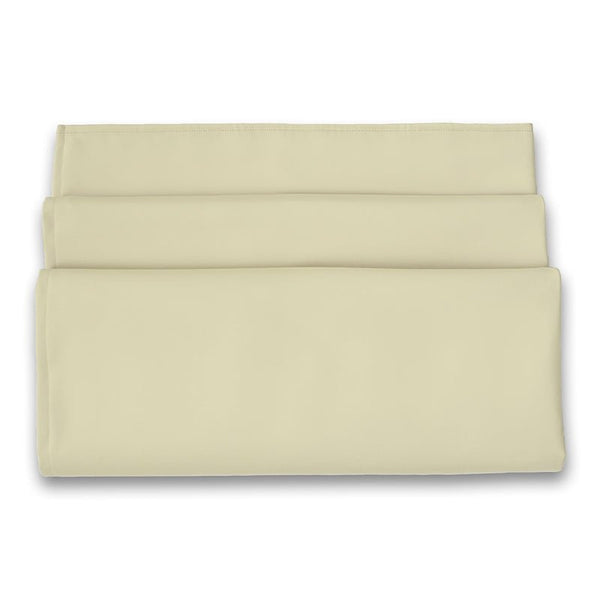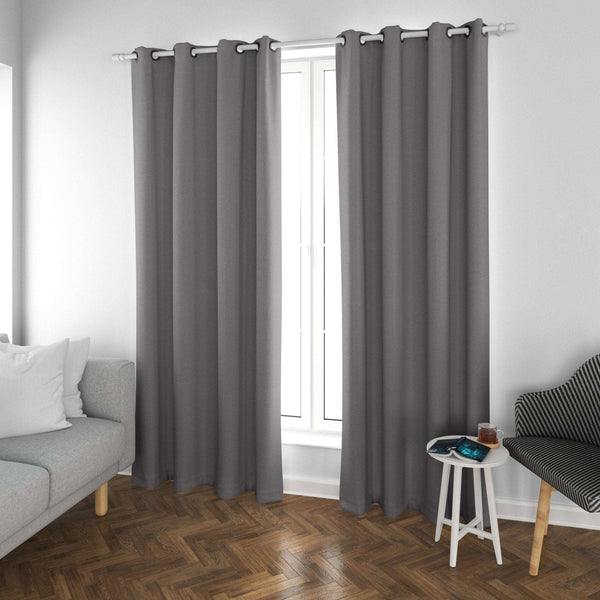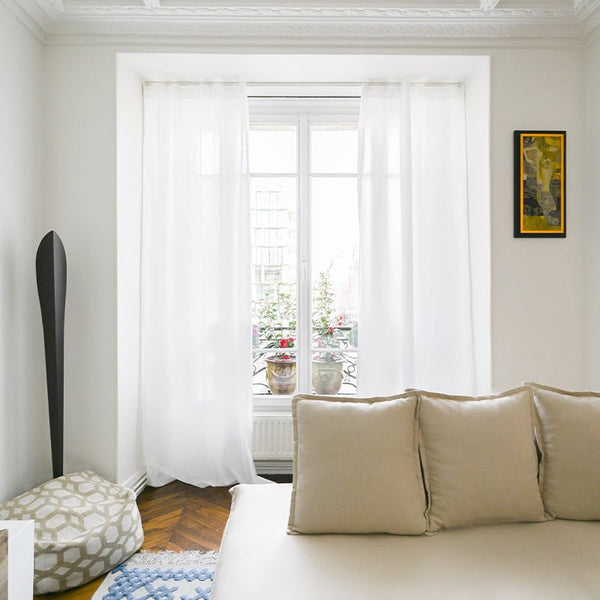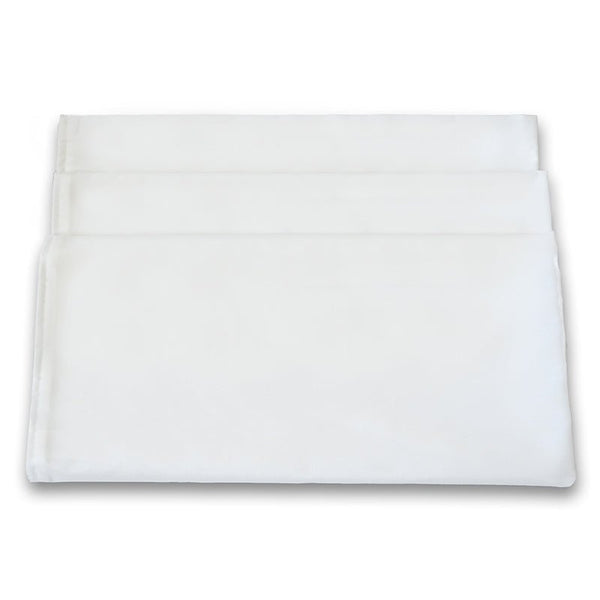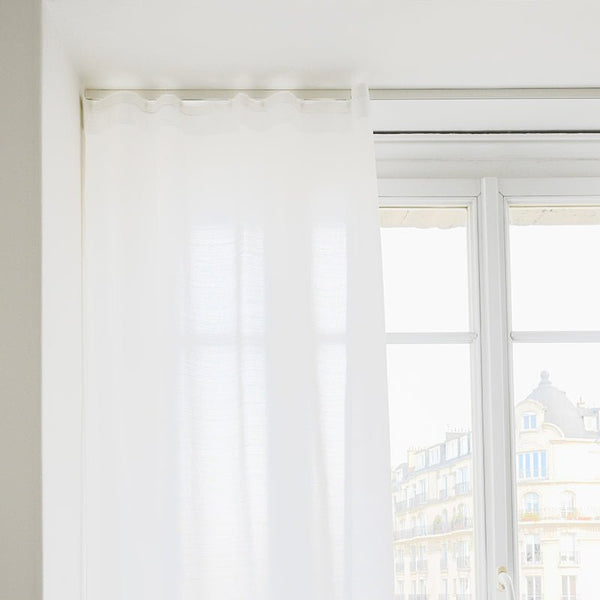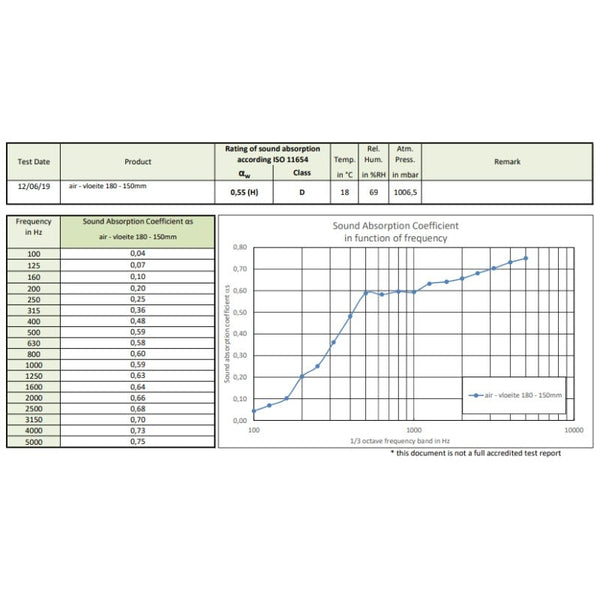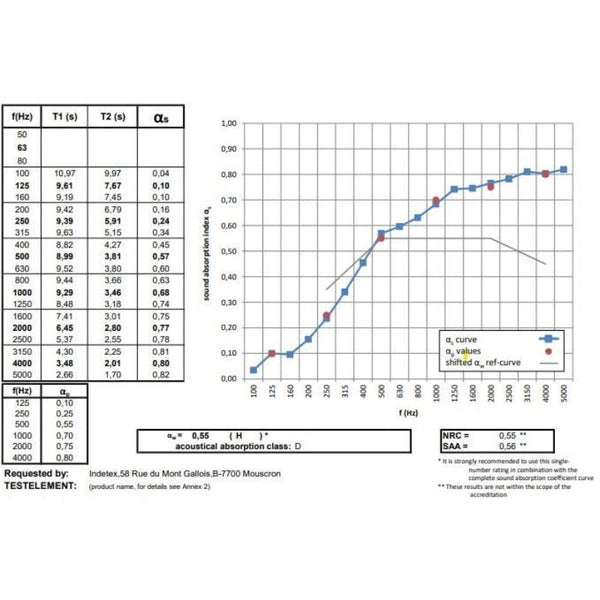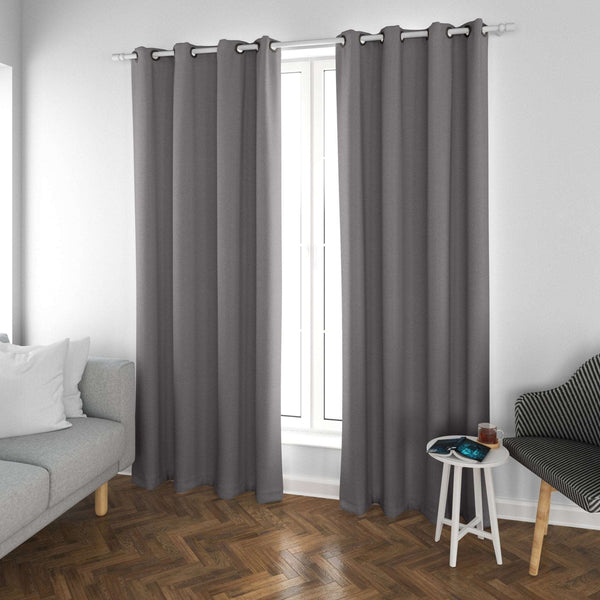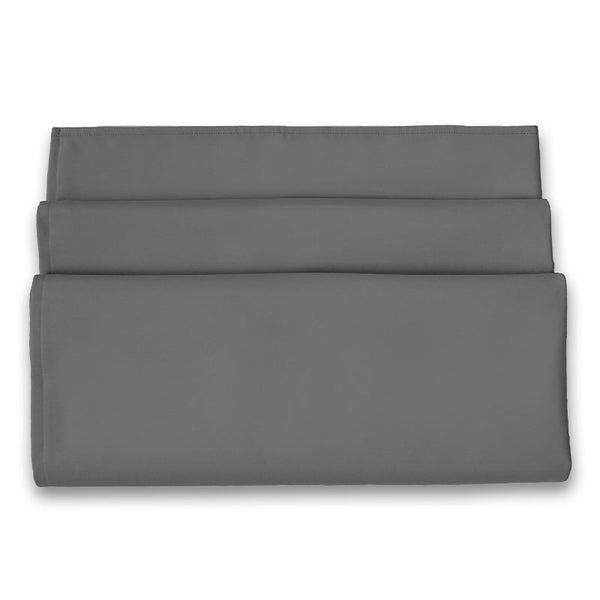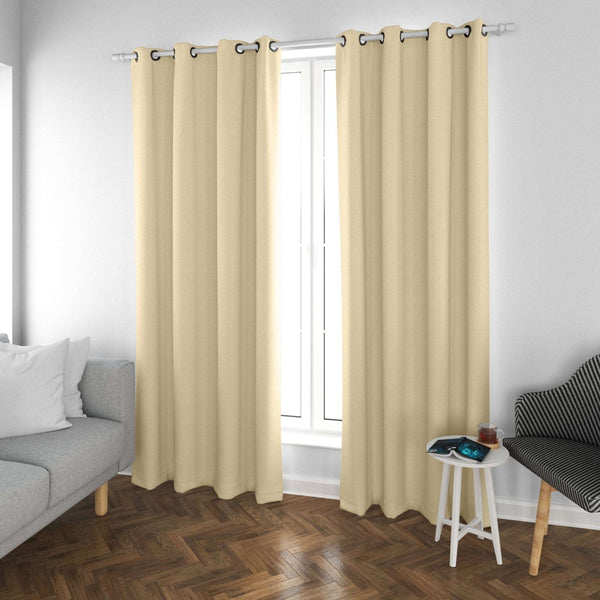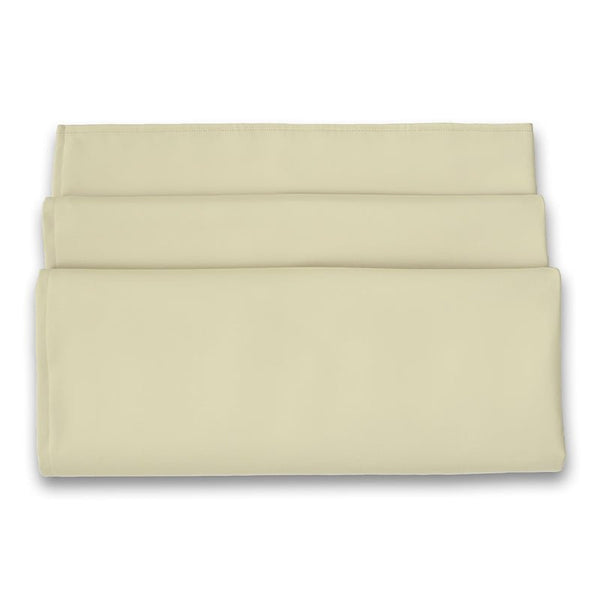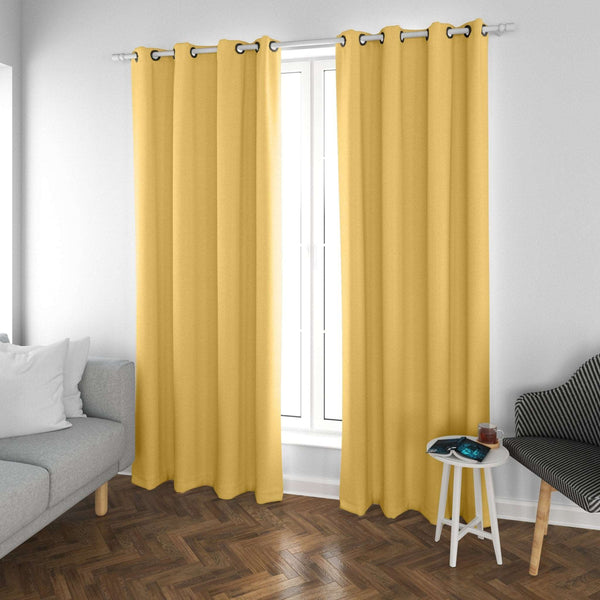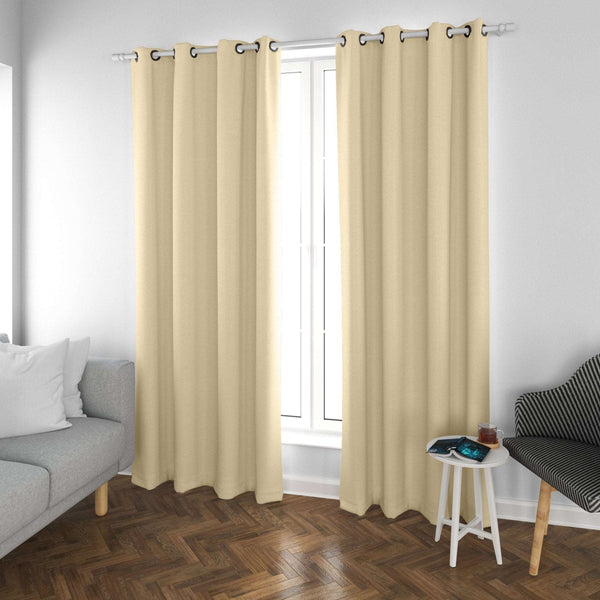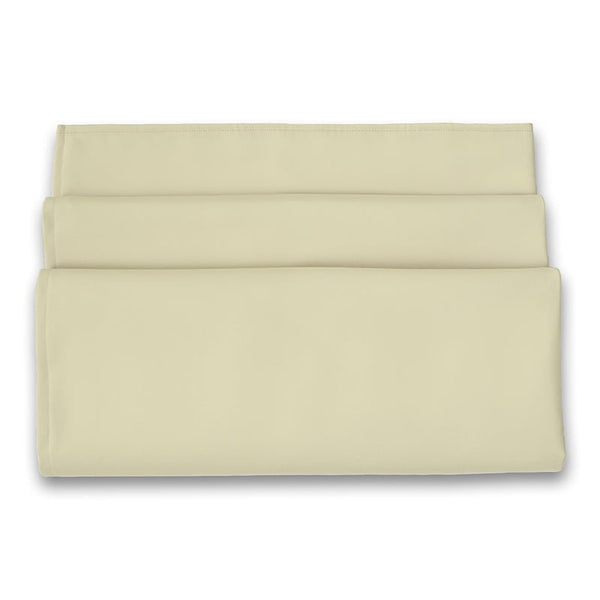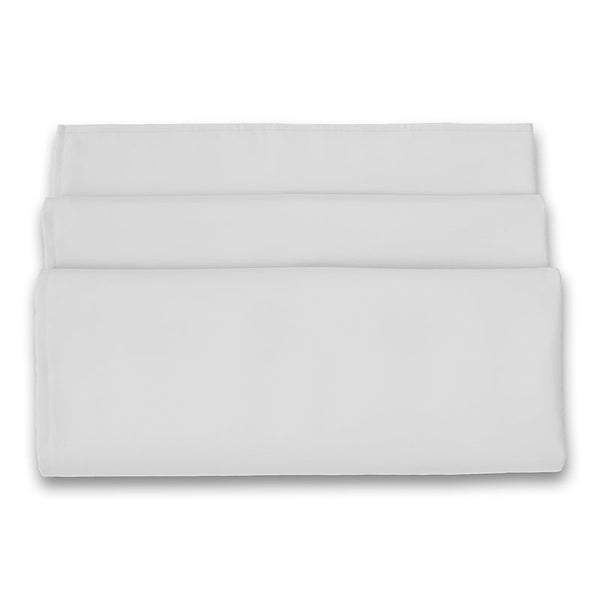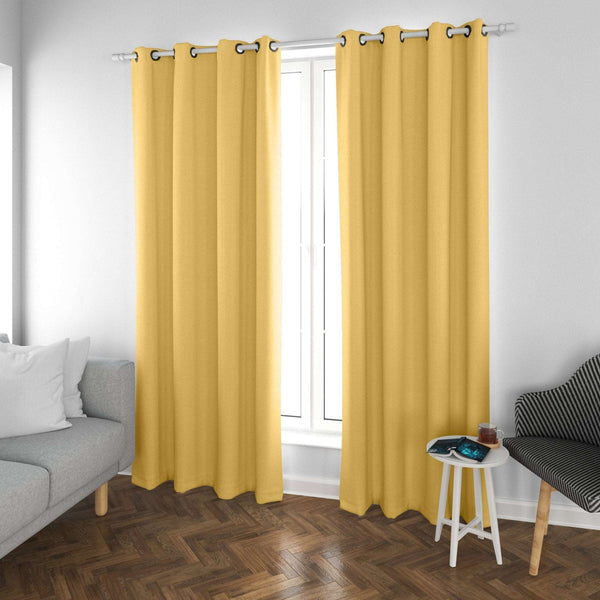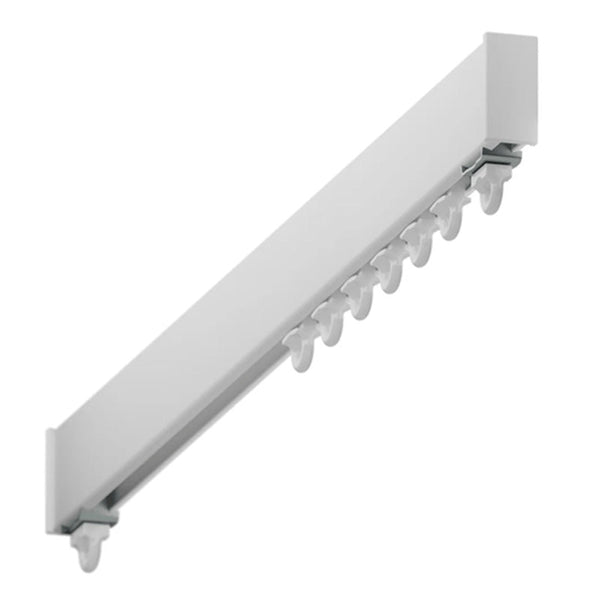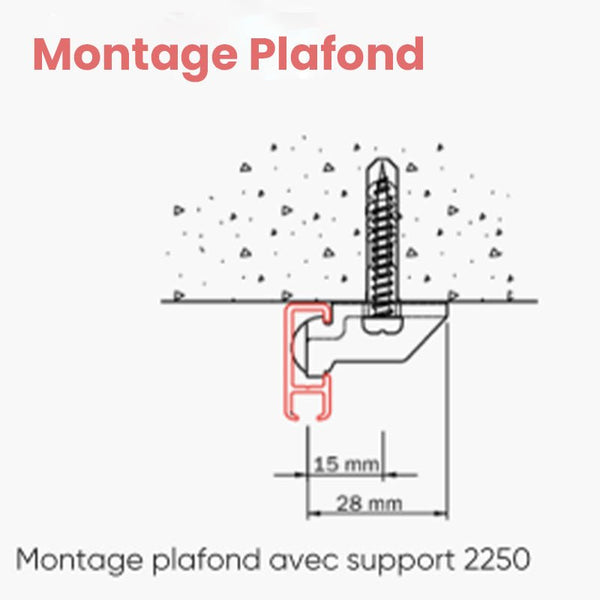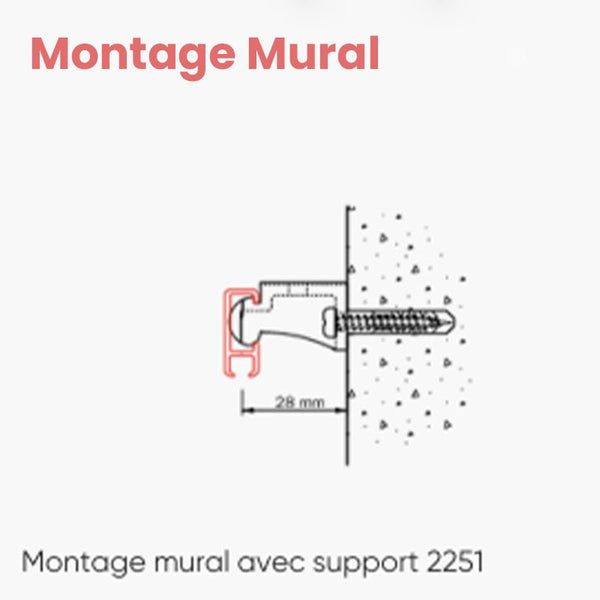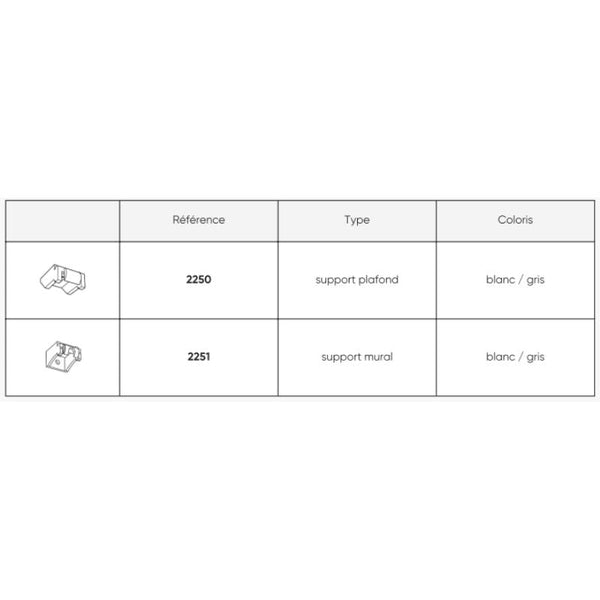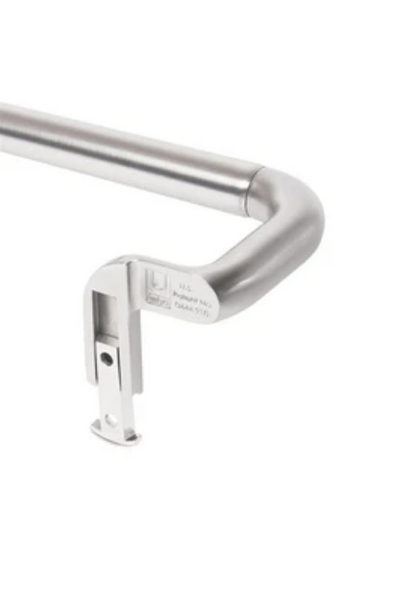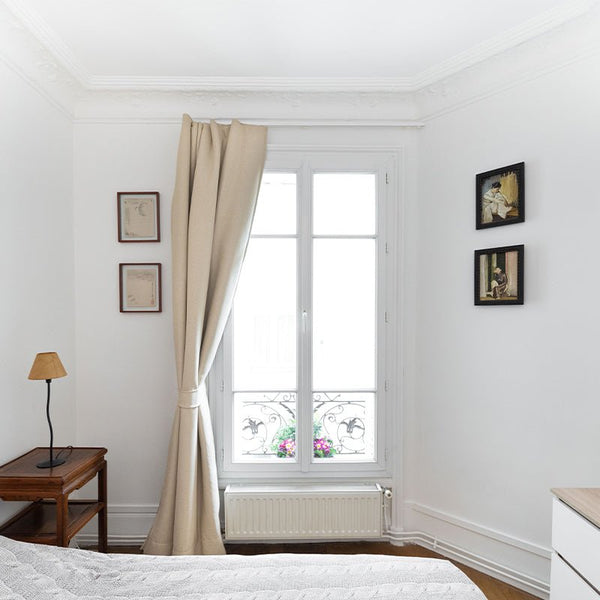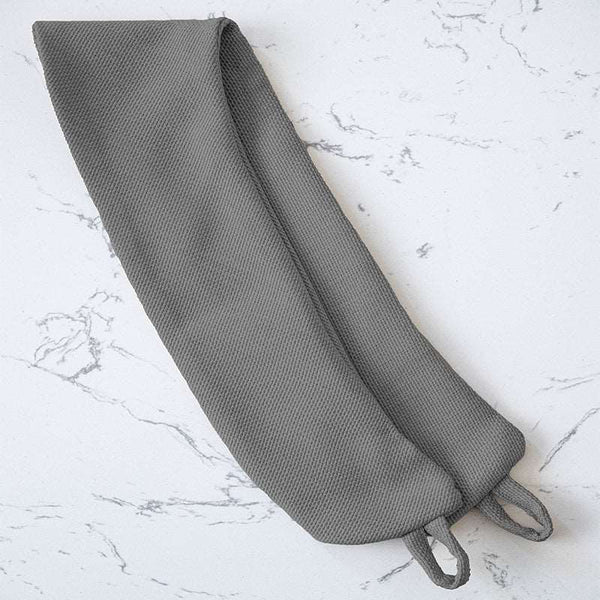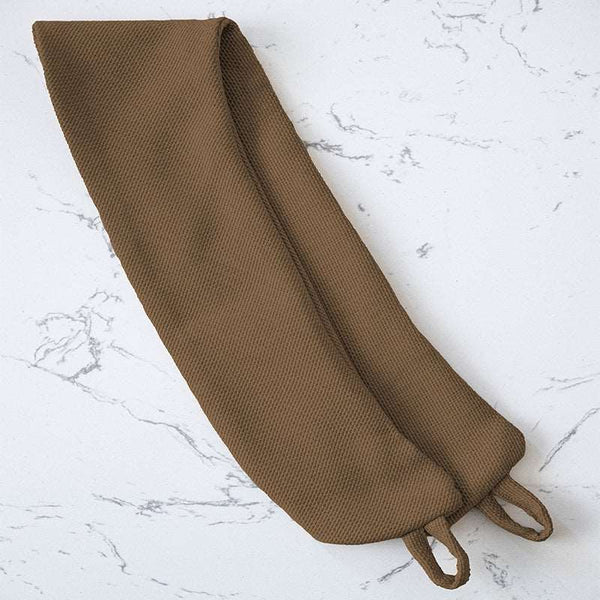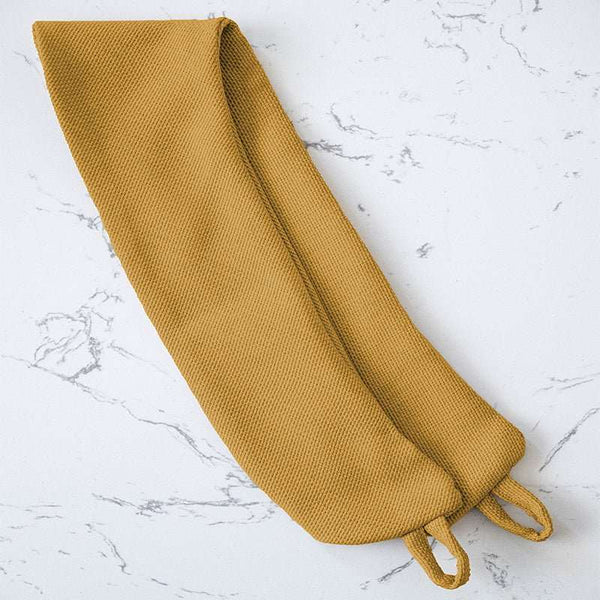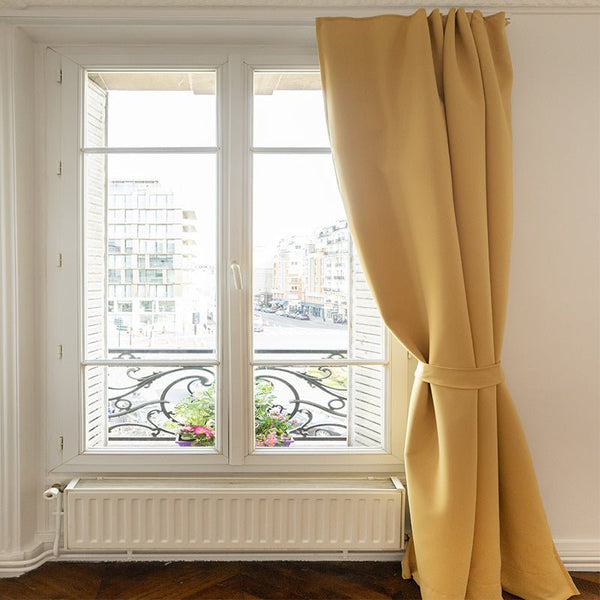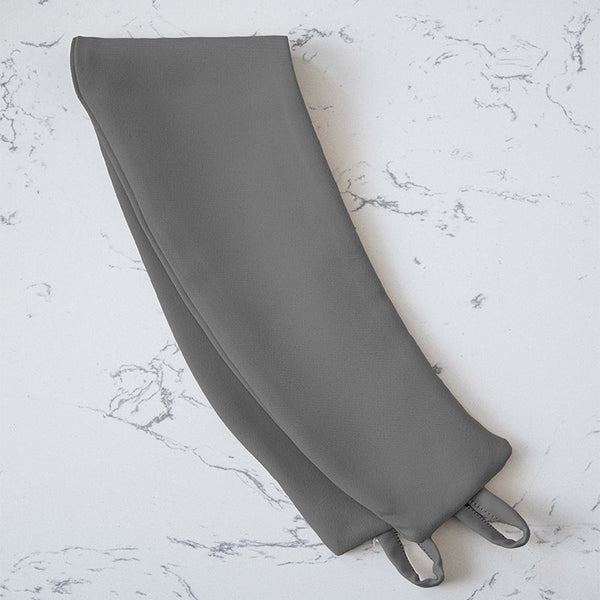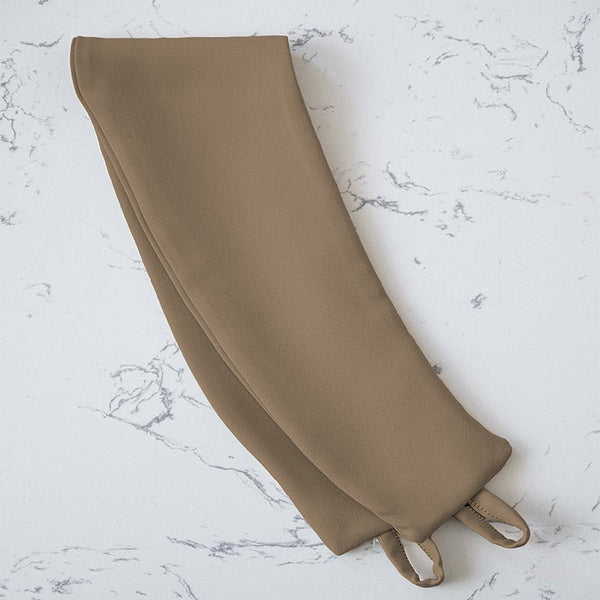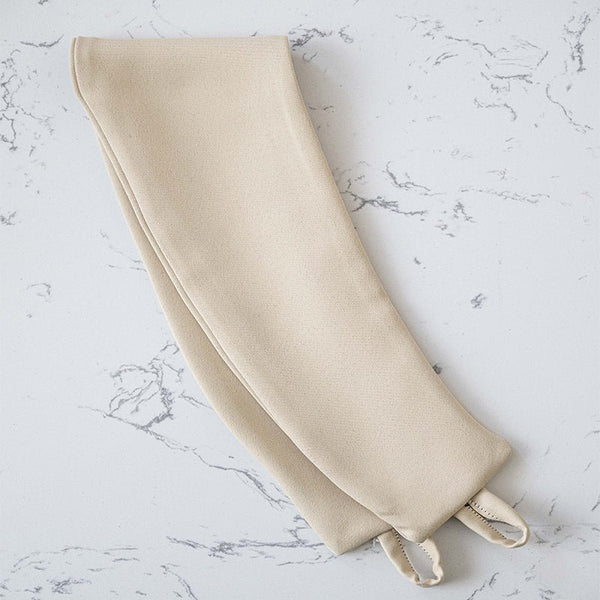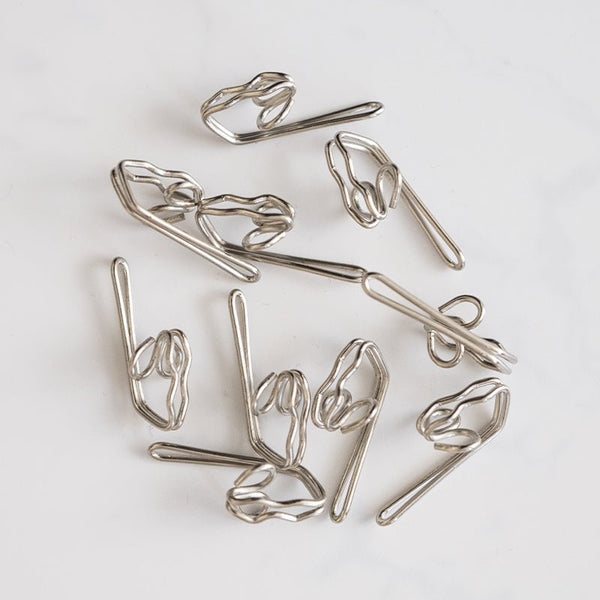Thermal insulation plays an essential role in home comfort and reducing energy costs. Choosing the right insulation requires an analysis of thermal performance, environmental impact and cost. Among the solutions available, rock wool and polystyrene are often compared. Which one is right for your project?
Thermal performance: which offers the best insulation?
The effectiveness of insulation is based on three major criteria: thermal conductivity (λ), thermal resistance (R) and its ability to limit energy loss. The lower the thermal conductivity, the better the insulation.
Rockwool has a thermal conductivity of between 0.033 and 0.040 W/m.K. It offers effective insulation with excellent acoustic properties. Polystyrene comes in two variants: expanded polystyrene (EPS) and extruded polystyrene (XPS). EPS has a conductivity of between 0.030 and 0.038 W/m.K, while the denser XPS has a conductivity of down to 0.029 W/m.K, ensuring greater resistance to humidity.
Environmental impact: which is greener?
The ecological aspect is becoming a decisive criterion in the choice of insulation. Rockwool is a mineral material made from volcanic rock. It can be recycled, but the manufacturing process is energy-intensive, requiring very high temperatures. However, it can be combined with a thermal curtain to further limit energy loss and improve interior comfort, thus reducing the home's energy consumption.
Polystyrene, a petrochemical by-product, poses a long-term recycling problem. Although it can be recycled in certain ways, itsproduction relies on fossil resources. However, its light weight reduces transport emissions, which partly offsets its carbon impact.
If durability and ecological considerations are a priority, rock wool remains a better alternative despite its higher manufacturing cost. To further enhance a home's insulation, it's also worth adding complementary elements such as better thermal curtains, which limit heat loss through windows and improve thermal comfort in rooms.
Cost and sustainability: which is the most profitable investment?
Budget plays a key role in the choice of insulation. Polystyrene is more affordable, with prices ranging from €5 to €15/m² for EPS and €15 to €25/m² for XPS. Rockwool is more expensive, ranging from €10 to €20/m².
However, the lifespan of an insulator influences its profitability. Rockwool, which is non-combustible and resistant to mold, can last for over 50 years. Polystyrene, while stable, can deteriorate under the effect of UV rays or rodents, reducing its longevity.
The choice therefore depends on the cost/sustainability ratio and the specifics of the insulation project.
Which solution for your type of project?
Interior insulation
Rockwool is preferred for interior walls and partitions. Its high acoustic performance reduces noise pollution, making it an ideal choice for apartments and terraced houses. Its fire resistance is an added bonus, especially in multi-family buildings.
External insulation
Extruded polystyrene (XPS) is best suited to exterior insulation. Its high resistance to humidity makes it ideal for façades, basements and even flat roofs. Easy to install, it improves a building's thermal inertia while minimizing thermal bridges.
Combine thermal and acoustic insulation
If your priority is both to limit heat loss and reduce noise pollution, it makes sense not to consider these two aspects separately. For example, rock wool is renowned for its acoustic and thermal performance, making it an excellent option for interior insulation. However, if you're looking for a complementary solution that doesn't require major work, Nokomis soundproofing curtains offer effective thermal and acoustic insulation, improving your day-to-day comfort.
Nokomis: a different approach to insulation for acoustic and thermal comfort
Since its creation in 2013, Nokomis has been revolutionizing sound and heat insulation with its noise-reducing curtains. Specializing in innovative solutions, the French company designs products that reduce noise pollution while improving theenergy efficiency of interiors.
Its insulating curtains offer a thermal reduction of up to 8°C, an effective alternative for limiting heat loss without major work. By combining acoustic performance and aesthetics, Nokomis is aimed at professionals and private individuals concerned with their well-being.
Nokomis noise curtain performance comparison
| Product | Noise reduction | Thermal insulation | Occultation |
|---|---|---|---|
| 30 dB "Performance PLUS" Noise Control Curtain | Up to 30 dB | 6 to 8°C | Total |
| Performance" Soundproof Curtain | 19.7 dB | 5 to 7°C | Partial |
| Confort" Soundproof Curtain | 12 dB | 5 to 7°C | Average |
| Voilage Acoustique | 5x greater absorption | Low | Let the light through |
These products fit perfectly into modern interiors, offering effective thermal and acoustic insulation.
Which choice to make?
The choice between stone wool and polystyrene depends on the specific needs of each project. Rockwool's acoustic performance, durability and fire resistance make it an excellent choice for interior insulation and multi-family buildings. Polystyrene, particularly XPS, is better suited to facades and damp environments thanks to its low water absorption and ease of installation.
In addition, Nokomis solutions can optimize thermal and acoustic comfort without the need for major works. A well-chosen insulating curtain can reduce noise pollution and improve energy efficiency, offering a simple and effective alternative.
Every insulation project deserves careful consideration, to ensure that the investment is sustainable and tailored to the requirements of the home.
